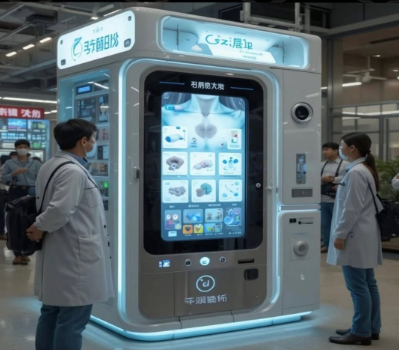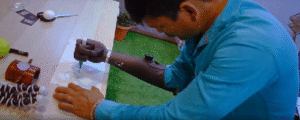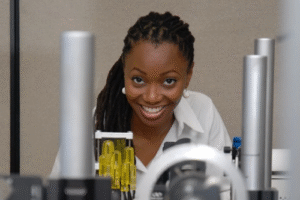China is rolling out a new wave of unstaffed, AI-operated healthcare pods in public spaces, fundamentally changing how citizens access quick medical care. These “doctorless” cubicles leverage artificial intelligence to provide instant examinations, preliminary diagnoses, and on-the-spot medicine dispensing for common ailments, all with a crucial human safety net.
The innovative booths, which resemble a large vending machine or small kiosk, are being strategically placed in high-traffic areas like business centers and residential communities. This initiative aims to address China’s significant challenge of uneven distribution of healthcare resources, providing convenient, 24-hour access to medical services.
A patient enters the AI-operated booth and interacts with an AI medical service. The process typically involves:
- Symptom Assessment: The patient describes their symptoms to the AI, which uses natural language processing to conduct an initial consultation.
- Examination: Depending on the complaint, the booth may use integrated sensors and devices to take vital signs and perform basic checks.
- Preliminary Diagnosis: The AI suggests a potential diagnosis and a corresponding treatment plan.
- Remote Doctor Oversight: This is the critical step for accuracy and safety. The AI’s proposed diagnosis and treatment are immediately reviewed by a remote, licensed physician via a connected telemedicine system. The doctor can confirm the prescription, make adjustments, or decide a follow-up consultation is necessary for more complex cases.
- Instant Dispensing: Once approved, the adjoining pharmacy unit dispenses the prescribed medication instantly, or arranges for delivery from a nearby physical pharmacy.
Companies like Ping An Good Doctor have been pioneering these AI-driven health platforms. The pods are particularly valuable in rural and underserved regions, where access to high-quality medical professionals is limited. By automating the preliminary stages of consultation and providing remote physician connectivity, the technology increases efficiency and lowers the barrier to entry for routine care.
While AI handles the initial interaction, the requirement for remote human doctor verification before dispensing medicine ensures adherence to medical regulations and maintains a high standard of patient safety. This hybrid model combines the speed and convenience of AI with the expertise and accountability of human medical professionals.
This groundbreaking deployment marks another major step in China’s national strategy to integrate AI into its healthcare system, with the ultimate goal of building a more efficient and accessible medical network for its vast population.







